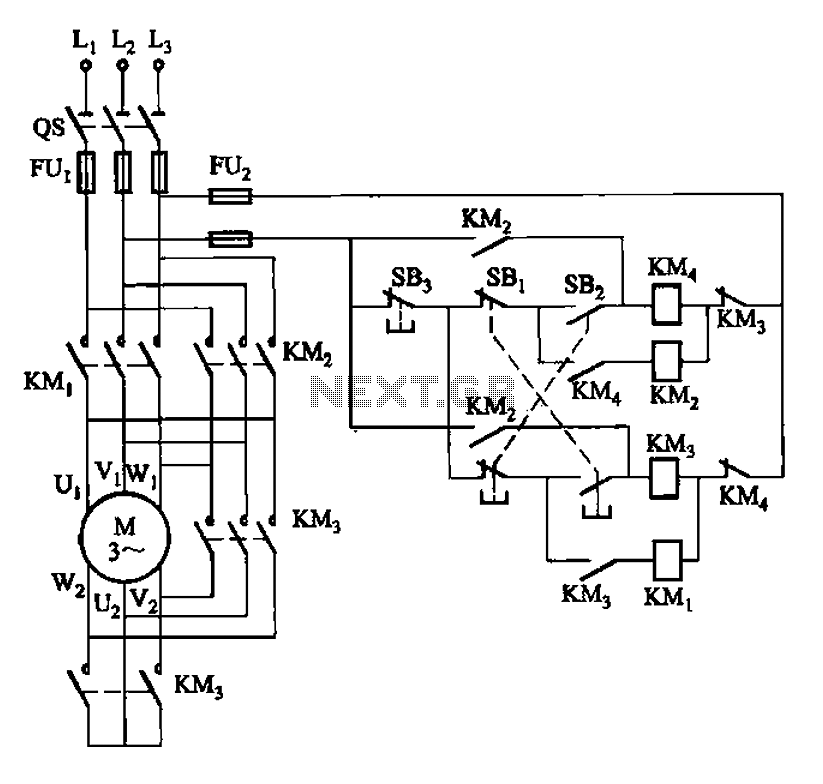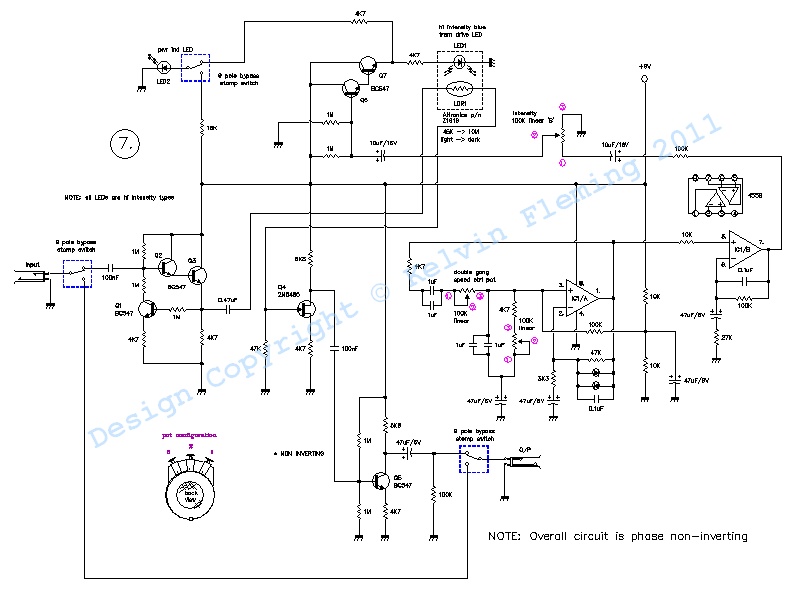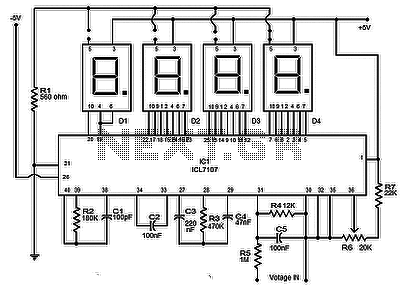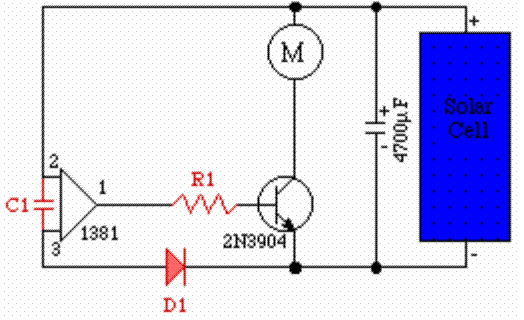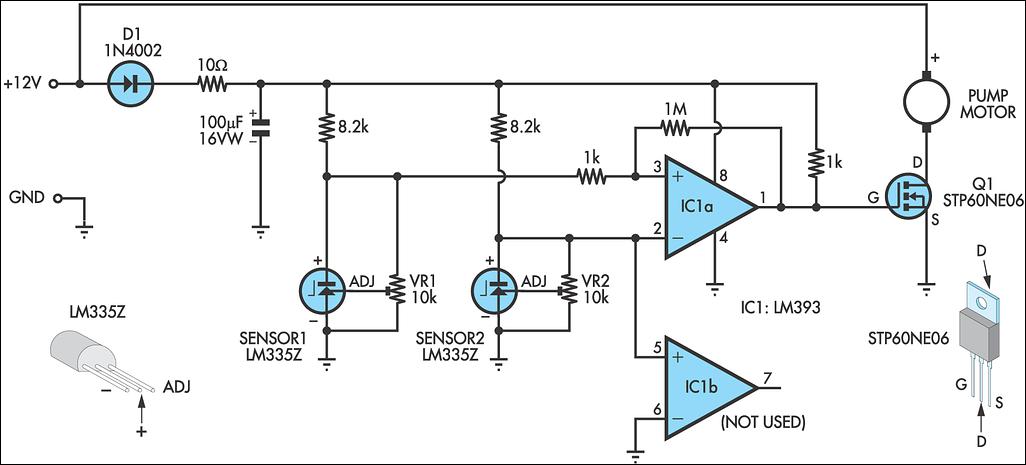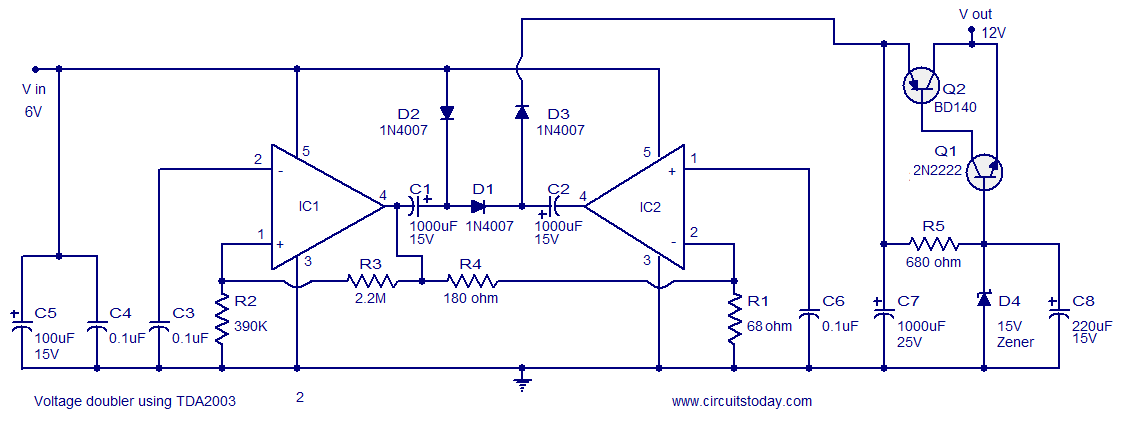
Portable Battery Charger Using Renewable Energy Sources like Solar or Wind Project
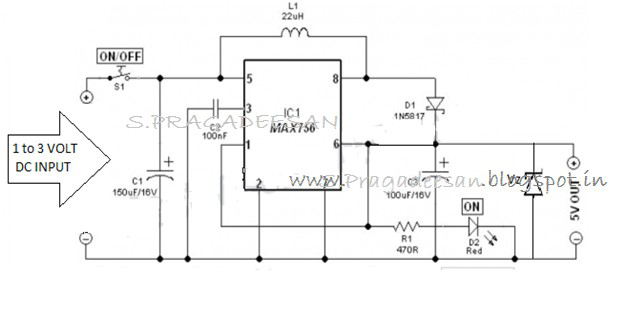
Every innovation begins with a simple everyday problem, such as watching an IPL match on TV when suddenly the power goes out, prompting the search for an alternative way to watch via mobile network. Similarly, a frequent issue of mobile battery drains while traveling led to the exploration of wind-powered mobile chargers, which are often bulky and heavy. Initial attempts included using a basic 12-volt DC motor to generate power for mobile phones, which resulted in failure. A feedback amplifier circuit was also tried but was too large. The Multi-source Pocket Energy Generator (MPEG) is designed as a portable and constant power source that can be utilized globally, addressing the need for effective renewable energy use due to frequent power outages. The MPEG aims to create a portable power source reliant on renewable energy with efficient resource utilization. It harnesses energy from wind or solar sources, converting it into electrical energy with a 5-volt DC output. In the absence of renewable sources, a single 1.5-volt battery can be used to achieve the 5-volt DC output. The issues of bulkiness, armature reaction in mini-wind generators, and irregular availability of renewable sources are mitigated through specific methodologies. The MPEG consists of a power generator, an amplifier circuit, and an output port. The power generator can be a wind-sourced DC generator (with a range of 1V to 3V) or a portable solar cell (measuring 4cm x 2cm). The amplifier circuit boosts the generated current to 5V DC, utilizing the MAX756 integrated circuit. The MAX756/MAX757 are CMOS step-up DC-DC switching ICs designed for small, low input voltage or battery-powered systems, accepting input voltages as low as 0.7V and converting them to higher, selectable output voltages of 3.3V or 5V. The MAX757 is adjustable, allowing output voltages from 2.7V to 5.5V. Typical full-load efficiencies exceed 87%. To address voltage fluctuations due to irregular energy availability, a Zener diode regulator (specifically a 5.1-volt 1N4733A) is employed. Bulkiness is minimized by selecting smaller DC generators or solar cells with moderate power ratings and amplifying their output to 5V while cyclically reducing ripple bandwidth using a JK flip-flop clocked by a T flip-flop as a counter. Armature reaction is reduced by utilizing a brushless generator equipped with Hall sensors, which eliminates self-induced EMF through the Hall effect. Solar panel efficiency is enhanced using concave lenses to focus high-frequency radiation from sunlight, ensuring uniform excitation of electrons. Prism diffraction can be employed for this purpose, though challenges in installation may lead to the use of violet transparent sheets as an alternative. By implementing these methodologies, a portable power source harnessing renewable energies has been successfully constructed. The output of this MPEG is significantly influenced by wind power, light intensity, and battery power. Field examinations have yielded observable results.Every innovations starts from a simple day to day life problem like you watching IPL in TV and suddenly the current shuts off, fortunately you will find another way to watch the match via mobile network. Similarly, I too had faced a problem of frequent drains in mobile battery while travelling There are many innovative projects on wind powered mob
ile charger which looks huge enough to produce 5v dc but they weighs more and bulky. I gathered some information from them for my project and started with a basic 12 volt DC motor. I used it to generate power for my mobile phones, and it ended up with failure. Then I used an feedback amplifier circuit but it was so huge. A Multi-source Pocket Energy Generator(MPEG) is a portable and constant power source that can be utilized anywhere around the world. The world is in demand of proper utilization of renewable sources owing to frequent power failure. The MPEG is the best choice of interest for the utilization of alternate energies, facilitated with high portability.
Now my aim is to construct a portable power source that depends on renewable energies with efficient utilization of available resources. The MPEG receives energy from renewable resources like wind or solar energy and convert it into an electrical energy with output 5volt DC.
In the absence of any of the above renewable sources, the 5V MPEG can be used with a single 1. 5 volt battery to produce 5V DC output. The problem of bulkiness, armature reaction in mini-wind generator and irregular availability of renewable sources are recovered by using our methodologies. MPEG consists of a power generator, an amplifier circuit and an output port. The power generator may be a wind sourcing DC generator(range may be 1 v to 3 v) or a solar cell of dimension(4cm x 2cm) owing to portability or compatibility.
The amplifier circuit amplifies the produces current to 5V DC. The IC used in this amplifier circuit is Max 756. The MAX756/MAX757 are CMOS step-up DC-DC switching IC for small, low input voltage or battery-powered systems. The MAX756 accepts a positive input voltage down to 0. 7V and converts it to a higher pin-selectable output voltage of 3. 3V or 5V. The MAX757 is an adjustable version that accepts an input voltage down to 0. 7V and generates a higher adjustable output voltage in the range from 2. 7V to 5. 5V. Typical full-load efficiencies for the MAX756/MAX757 are greater than 87%. The problem of bulkiness, armature reaction in mini-wind generator and irregular availability of renewable sources are recovered by using following implementations.
The voltage fluctuation due to the irregular availability of sources can be compensated by using Zener diode regulator (Zener diode used here must be 5. 1 volt- 1N4733A). The bulkiness are reduces by choosing small DC generator/solar cell of moderate power rating and then amplifying it to 5V and also by cyclically reducing the bandwidth of the ripples by using JK-flip flop clocked by T-flip flop as a counter.
The armature reaction due to the flow of current can be minimized by using brushless generator with halls sensors. Due to this arrangement, self induced emf is removed using halls effect. The efficiency of solar panel can be increased by using concave lenses and byallowing only a high frequency radiation from sun rays to excite all the electrons equally to high level.
It can be done by using prism diffraction. Owing to problems in prism installation, we can implement them by using violet transparent sheet. By using the above methodologies, we have constructed a portable power source utilizing renewable energies. The output of this MPEG is highly dependent on wind power, light intensity and battery power. By our field examinations, the following result were observed, 🔗 External reference
ile charger which looks huge enough to produce 5v dc but they weighs more and bulky. I gathered some information from them for my project and started with a basic 12 volt DC motor. I used it to generate power for my mobile phones, and it ended up with failure. Then I used an feedback amplifier circuit but it was so huge. A Multi-source Pocket Energy Generator(MPEG) is a portable and constant power source that can be utilized anywhere around the world. The world is in demand of proper utilization of renewable sources owing to frequent power failure. The MPEG is the best choice of interest for the utilization of alternate energies, facilitated with high portability.
Now my aim is to construct a portable power source that depends on renewable energies with efficient utilization of available resources. The MPEG receives energy from renewable resources like wind or solar energy and convert it into an electrical energy with output 5volt DC.
In the absence of any of the above renewable sources, the 5V MPEG can be used with a single 1. 5 volt battery to produce 5V DC output. The problem of bulkiness, armature reaction in mini-wind generator and irregular availability of renewable sources are recovered by using our methodologies. MPEG consists of a power generator, an amplifier circuit and an output port. The power generator may be a wind sourcing DC generator(range may be 1 v to 3 v) or a solar cell of dimension(4cm x 2cm) owing to portability or compatibility.
The amplifier circuit amplifies the produces current to 5V DC. The IC used in this amplifier circuit is Max 756. The MAX756/MAX757 are CMOS step-up DC-DC switching IC for small, low input voltage or battery-powered systems. The MAX756 accepts a positive input voltage down to 0. 7V and converts it to a higher pin-selectable output voltage of 3. 3V or 5V. The MAX757 is an adjustable version that accepts an input voltage down to 0. 7V and generates a higher adjustable output voltage in the range from 2. 7V to 5. 5V. Typical full-load efficiencies for the MAX756/MAX757 are greater than 87%. The problem of bulkiness, armature reaction in mini-wind generator and irregular availability of renewable sources are recovered by using following implementations.
The voltage fluctuation due to the irregular availability of sources can be compensated by using Zener diode regulator (Zener diode used here must be 5. 1 volt- 1N4733A). The bulkiness are reduces by choosing small DC generator/solar cell of moderate power rating and then amplifying it to 5V and also by cyclically reducing the bandwidth of the ripples by using JK-flip flop clocked by T-flip flop as a counter.
The armature reaction due to the flow of current can be minimized by using brushless generator with halls sensors. Due to this arrangement, self induced emf is removed using halls effect. The efficiency of solar panel can be increased by using concave lenses and byallowing only a high frequency radiation from sun rays to excite all the electrons equally to high level.
It can be done by using prism diffraction. Owing to problems in prism installation, we can implement them by using violet transparent sheet. By using the above methodologies, we have constructed a portable power source utilizing renewable energies. The output of this MPEG is highly dependent on wind power, light intensity and battery power. By our field examinations, the following result were observed, 🔗 External reference
